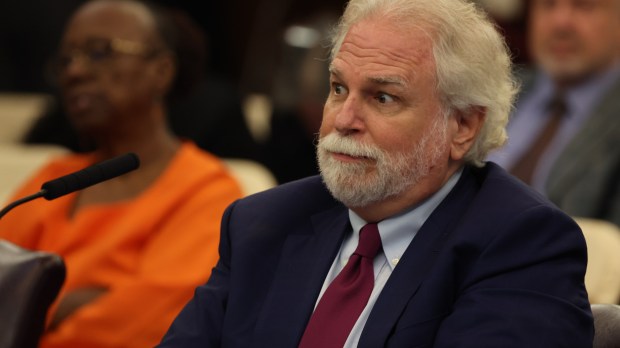The Evolving Crisis and Future of Child Care in America

Child care has always played a vital role in supporting American families and driving the country’s economy. Recent years, however, have exposed both the importance and the fragility of the child care system. As pandemic-era funding and programs end, families and providers alike are facing new hurdles, with solutions still far from reach.
The Pandemic Spotlight on Child Care
The COVID-19 pandemic brought unprecedented attention to child care. Providers struggled to stay open, and parents juggled work and caregiving responsibilities. In response, federal relief under the American Rescue Plan Act offered over $39 billion to stabilize the sector. This funding was a lifeline for many, preventing mass closures and allowing for improvements in pay and facilities. For some providers, these funds offered a rare sense of being valued and supported (detailed story).
Yet, as federal relief expired in late 2024, the situation turned precarious again. Without continuing public investment, many centers are being forced to raise tuition, cut staff, or even close. In a recent survey, a significant portion of early childhood educators reported program closures in their communities over the past year.
The Financial Tightrope for Providers and Parents
Child care providers operate on razor-thin margins. Rising costs for rent, staff wages, and insurance hit hard, especially when families often struggle to afford higher tuition. Most providers want to pay their employees fair wages, but they cannot do this without increasing costs for parents—many of whom are already stretched thin. This dilemma leaves some providers working without pay or draining their personal savings just to keep programs afloat. One provider in Utah faced bankruptcy after losing stabilization grants, highlighting a widespread crisis in the industry (read more).
The consequences of these financial pressures extend to families as well. Nationwide, parents confront long waitlists and hefty bills, while a lack of accessible care often forces them to scale back work or leave jobs entirely. In cities like New York, the situation is further complicated by political disagreements over funding. Ongoing disputes between city and state governments have led to thousands of families being put on waiting lists for vouchers, threatening affordable care for many (more information).
Policy Debates and the Path Forward
Child care funding has become a contentious topic among lawmakers. While some states have stepped in to mitigate the loss of federal dollars, the overall patchwork approach has left many communities vulnerable. In New York City, a standoff between city and state leaders recently forced the closure of new child care voucher enrollments. This move leaves between 4,000 and 7,000 families in uncertainty, underlining just how fragile the system remains for both parents and providers (see coverage).
Industry experts agree that relying on short-term relief is not enough. As one advocate notes, “Parents cannot afford care—or find it for that matter—and providers are making poverty wages. The only solution is sustained and robust public dollars.” Without long-term investment and policy commitment, the nation’s child care system will continue to struggle.
Building a Sustainable Child Care System
The stories emerging from the field paint a stark picture. Yet, they also highlight the resilience and advocacy efforts of child care providers. Many, inspired by a taste of increased support, are now organizing to demand change. They understand that high-quality, accessible child care is essential not just for families, but for the entire economy.
America’s future demands a strong child care infrastructure—one that supports educators and ensures all children can thrive. If you are a parent, provider, or advocate, consider engaging with local policymakers or supporting organizations that fight for systemic improvements in early childhood education.
The child care crisis touches us all. With collective action and smart investment, a brighter future for children, families, and providers is within our reach.